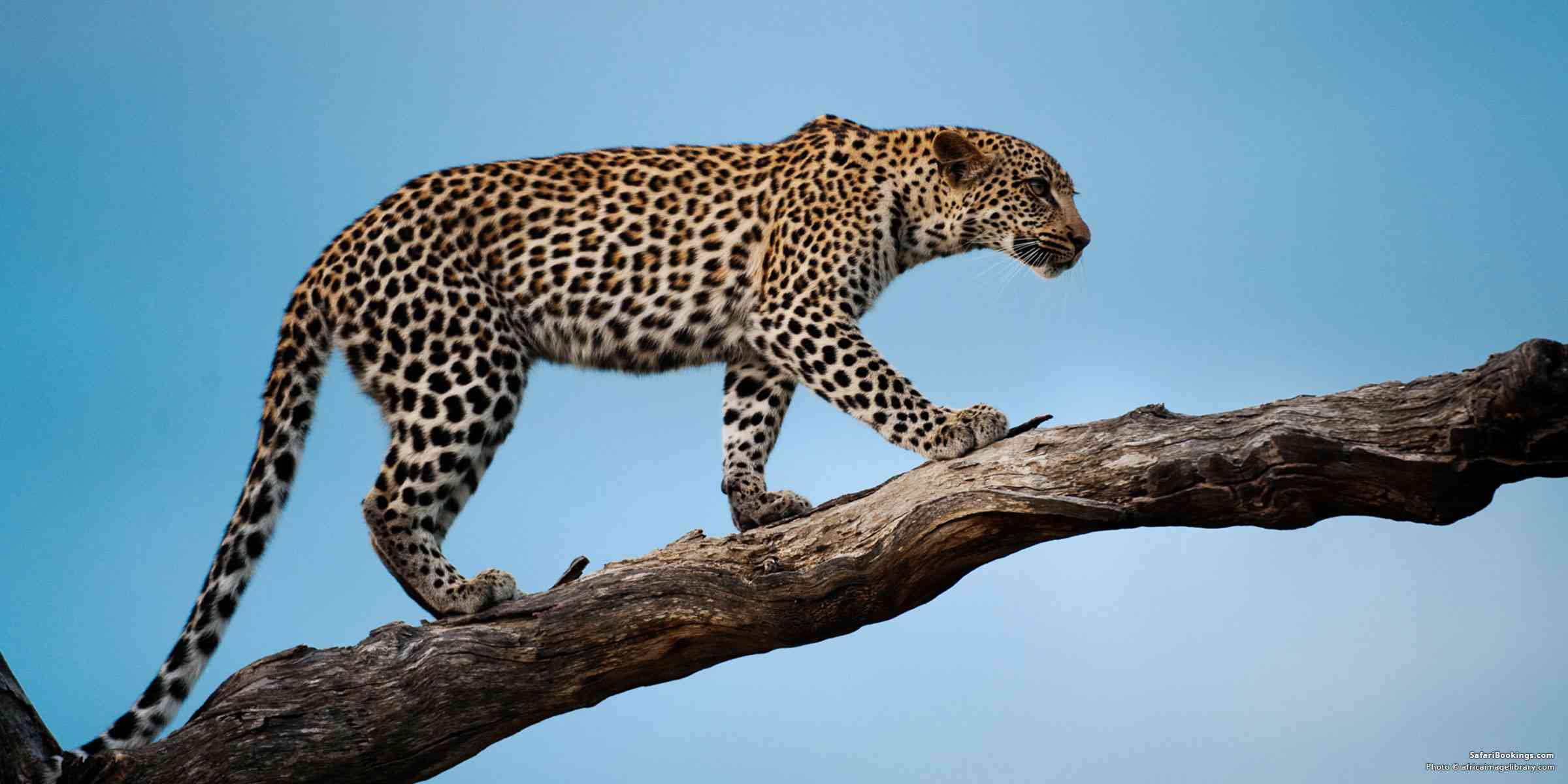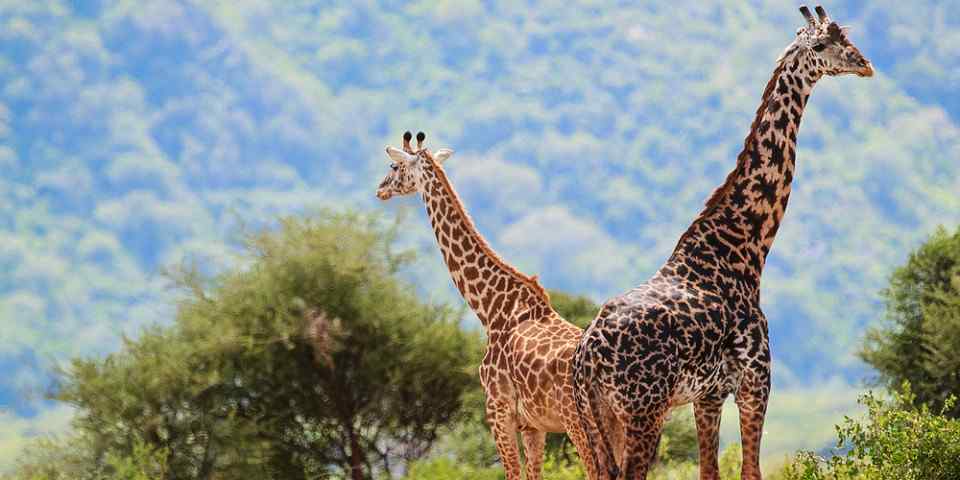
5 Fascinating Facts About the Leopard (Panthera Pardus)
 By Mike Unwin
By Mike Unwin
Mike is an award-winning wildlife writer, former editor of Travel Zambia magazine and author of the Bradt Guide to Southern African Wildlife.
The leopard (after the lion) is the second largest of Africa’s big cats. Of all the celebrated ‘Big Five’ it has perhaps the greatest allure, due to its enigmatic combination of grace, power and elusiveness. More solidly built than the similar-sized cheetah, it is an immensely variable animal, found in all habitats from dense rainforest to arid semi-desert, and varying in size from 40 to 90kg.
Its versatility has made it the most widespread and successful of the world’s big cats, ranging not only across much of Africa, but also from the deserts of Sinai, to the snows of northern China, with nine subspecies recognised by scientists. Leopards prey on anything from frogs to adult wildebeest. Their superlative stealth allows them to subsist surprisingly close to people, from the outskirts of Nairobi to the suburbs of Mumbai. Below are five fascinating facts about the leopard.
- Leopards are well known for their habit of hauling prey up into a tree, where they may consume it at leisure over several days. Their prodigious strength allows them to lift carcasses heavier than themselves: one record exists of a 125kg young giraffe cached at a height of 5.7m. This behaviour occurs regularly only where the cats face competition from other large predators, notably lions and hyenas.
- The leopard is one of five ‘big cats’ in the genus Panthera, which originated in Asia and in turn is one of six lineages in the family Felidae. Fossils of its ancestors dating back to the Pleistocene epoch (3.5–2 million years ago) have been found in East Africa and South Asia. The modern leopard is thought to have evolved in Africa 0.5 to 0.8 million years ago, and to have spread across Asia 0.3 to 0.2 million years ago
- Black panthers are melanistic leopards, melanism being an inherited genetic trait. They occur commonly only in equatorial forests, notably in the Malay peninsula and – in Africa – on the slopes of mountains such as Mount Kenya. Interbreeding in melanistic leopards produces a significantly smaller litter size than with normal leopards.
- An adult leopard in south-east Asia was recovered from the stomach of a 5.5m Burmese python.
- Leopards generally avoid people, but may occasionally target humans as prey. This has occurred most often in India. In Jim Corbett’s book, The Man-eaters of Kumaon, the renowned hunter describes shooting several individuals that had taken a prodigious number of victims. These included the Leopard of Rupraprayag, which killed more than 125 people, and the Panar Leopard, that accounted for more than 400. The latter episode followed a cholera outbreak, and Corbett speculated that the leopard had developed a taste for human flesh from corpses left in the bush. The Rupraprayag leopard once broke into a pen holding 40 goats, but left the livestock alone and instead killed and ate the sleeping 14-year-old boy guarding them.
Want To Go on an African Safari?
Click on the button below to compare African safaris offered by top-rated tour operators.
 By Mike Unwin
By Mike Unwin
Mike is an award-winning wildlife writer, former editor of Travel Zambia magazine and author of the Bradt Guide to Southern African Wildlife.
More About This AuthorAfrican Safari Tours
-
![4-Day Tanzania Safari Tarangire, Ngorongoro & Serengeti]()
4-Day Tanzania Safari Tarangire, Ngorongoro & Serengeti
$1,727 to $1,775 pp (USD)
Tanzania: Private tour
Mid-range Lodge & Tented CampYou Visit: Arusha (Start), Tarangire NP, Serengeti NP, Ngorongoro Crater, Lake Manyara NP, Arusha (End)

Kilimanjaro Adventure Safari Club
5.0/5 – 234 Reviews
-
![6-Day Tanzania Classic Luxury Safari]()
6-Day Tanzania Classic Luxury Safari
$2,805 pp (USD)
Tanzania: Private tourLuxuryLodge & Hotel
You Visit: Arusha (Start), Tarangire NP, Serengeti NP, Ngorongoro Crater, Arusha (End)

Meijo Safaris
5.0/5 – 331 Reviews
-
![9-Day Bush to Beach - Tanzania Safari & Zanzibar Beach]()
9-Day Bush to Beach - Tanzania Safari & Zanzibar Beach
$4,230 to $4,384 pp (USD)
Tanzania: Private tourLuxuryLodge & Tented Camp
You Visit: Arusha (Start), Tarangire NP, Serengeti NP, Central Serengeti NP, Ngorongoro Crater, Zanzibar Stone Town (Zanzibar), Zanzibar (Tanzania Beaches), Zanzibar Airport (End)

Gosheni Safaris Africa
5.0/5 – 938 Reviews



 Subscribe to our newsletter
Subscribe to our newsletter
 Follow us on Instagram
Follow us on Instagram





